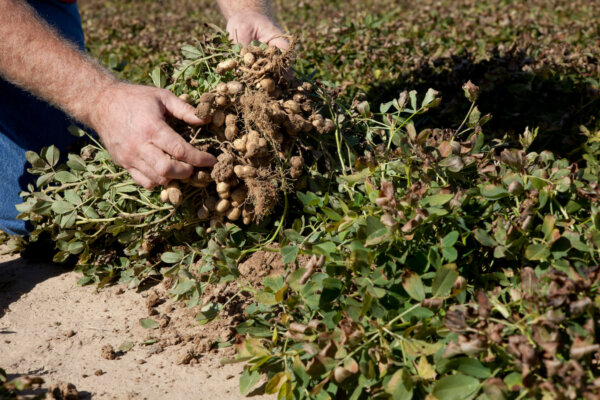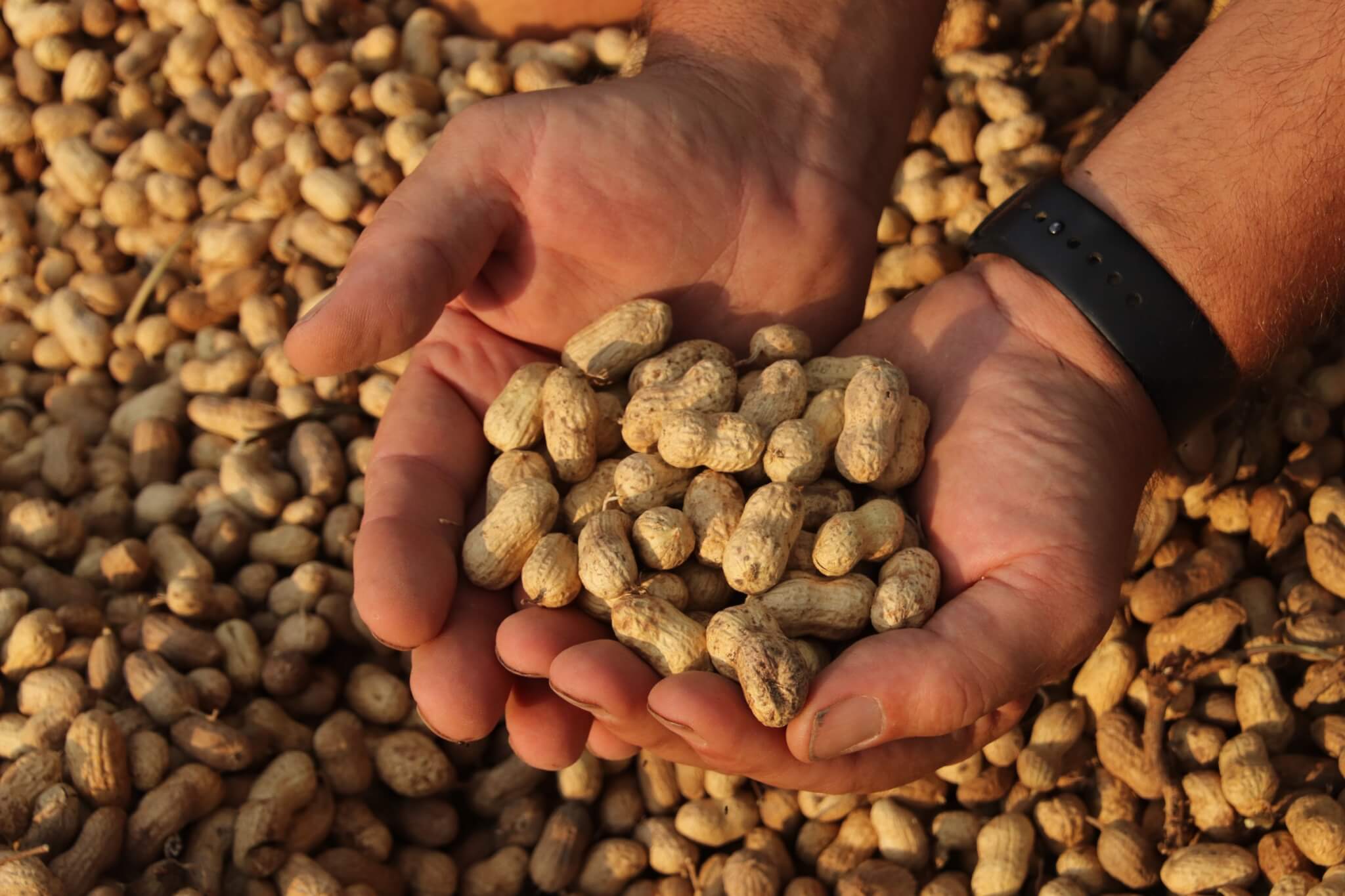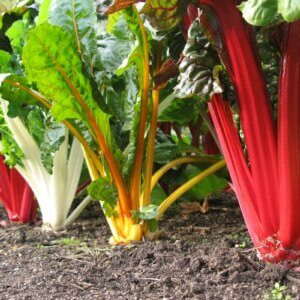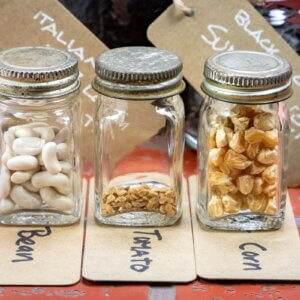Peanuts are one of the most familiar staples of American childhood culture, from peanut butter and jelly sandwiches to roasted peanuts at a ballgame. They are also notorious for causing deadly allergic reactions in some people. But surprisingly enough, most people don’t know anything about how they are grown or even that they are not nuts at all!
During the 1930s in America, agricultural extensions and the USDA pushed peanuts as a hog feed and oil crop, but before then, peanuts were grown in gardens. They are simple to grow—if you live in the right climate and have the right soil.
Varieties Of Peanuts
Peanuts are a tropical crop, native to South and Central America, that don’t grow well in northern or temperate parts of the United States. Dozens of peanut varieties exist, but the four main types grown in the US are Spanish, Valencia, runner, and Virginia.
Each has a unique flavor, pod size, growth pattern, and use. Runner and Spanish peanuts are most often used for peanut butter, while runner and Virginia are most often sold as snacks whole in the shell or in nut mixes.
Valencia peanuts have distinctive red skins and a sweet flavor. They are the most specialized peanut variety of the four.
Each of these varieties has dozens of different cultivars, tailored for specific climates and soil types. Ask at your local farm store, extension agency, or farmers market to find out what varieties are grown local to you.
Planting And Growing
As always, prepare your beds by testing and amending the soil. Peanuts like a soil pH between 5.8 and 6.2 and good drainage. Insufficient calcium in the soil will cause stunted pod development and poor yields.
If you have acidic soils, adding lime will help both your pH and your calcium levels, to give you a more successful crop. Since peanuts develop underground, it is important to have light-weight, sandy soils.
Compacted soil can be amended by deep tillage and the incorporation of organic matter, but the essential soil texture cannot be changed. Heavy silt and clay soils don’t grow good peanuts.
Like all legumes, peanuts are a nitrogen fixer, meaning that they use nodules of symbiotic microbes to fix atmospheric nitrogen into a usable form that can be taken up by the plant. Those helpful microbes occur naturally in the soil, but often, not in high enough quantities to colonize a large crop of peanuts.
For that reason, peanut farmers treat seeds with a powder called inoculant. Growers mix the powder with water to form a slurry, then coat the seeds with it.
Inoculant introduces beneficial nitrogen-fixing microbes to the crop, improving their ability to take up atmospheric nitrogen. After mixing inoculant with a slurry of water, growers coat the peanut seeds with it before planting. A crop that has been inoculated usually doesn’t need additional fertilizer.
Peanuts are a field crop, meaning they are seeded like grain, not like vegetables. You can’t transplant them. Direct seed peanuts after the last frost, when daytime temperatures are above 65 degrees F.

It takes up to 140 days from seeding to maturity, so peanuts need a long, warm growing season—that’s why they don’t grow very well in temperate, northern, or coastal climates. They can still be planted as a nitrogen fixer, but the crop will not reach maturity. In warm climates, they are best planted in late April or early May when the soil is warm and moist.
Keep the peanuts well-watered and weeded. The unique growth characteristic of peanuts is that the fruiting body grows above ground and then develops underground.
The flower stalk of the peanut, called the peg, bends over and buries itself in the ground, where the pod continues to develop into a mature crop. For the peg to be able to bury itself, the base of the flowering peanut plant must be fluffy and weed-free.
Once the pegs have begun to implant, weed carefully so you don’t disturb them. Regular watering is critical throughout the lifespan of the peanut—but especially during germination and after the pegs have entered the soil.
Troubleshooting Problems, Pests, And Diseases
Always practice good crop rotation, which is the most effective control for all types of pests and diseases. Avoid planting peanuts after peas, beans, and other legumes.
The most common disease to threaten peanuts is peanut leaf spot. It is caused by a fungus and makes black, yellow, or brown spots on the leaves. Eventually, the leaves die and fall off the plant.
If only a few leaves are affected, leaf spot won’t impact yield, but if the entire plant becomes infested, the stress to the plant will damage pod production.
If crop rotation doesn’t control the fungus, use an organic fungicide. Like all fungal diseases, peanut leaf spot occurs most often in warm, damp climates.
Yellowing leaves can also be a sign of nitrogen deficiency, especially if the crop was not inoculated. This condition is distinct from leaf spot in that the yellowing will be more uniform, rather than spotty or mottled. Also, yellowed leaves should turn back green after you add more fertilizer.
Peanuts are also susceptible to a number of insects, which attack both the leaves and the underground pods.
Harvesting, Processing, And Storage
Peanuts are ready to harvest when the pods show distinctive veins on the surface, and the inside of the pod has begun to turn dark. Dig up one or two pods to judge readiness.
To harvest peanuts, use a shovel or pitchfork to loosen and upturn the soil. Be sure to dig deep enough to avoid severing the pods. At this point, the whole plant can be grabbed.

Harvest when the soil is dry—this will just make it easier to shake the dirt off the plants, rather than having to scrub it off. Large-scale peanut farms use a special harvester that digs the plants and then lays them in windrows to dry.
Once harvested, peanuts need to be dried or cured. Usually, this process starts in windrows in the field. Then the pods are separated from the plants, either by hand or with a combine, and are left to dry in a cool, dry place away from rodents.
The pods should be spread out in a single layer—piled on each other, they tend to mold or rot. After about three weeks of curing, the pods can be stored in breathable containers, like mesh bags, in a dark, cool, dry place.
Where To Buy Peanut Seeds
Recipes
Peanuts and peanut butter are some of the most versatile ingredients around. They’re used in recipes around the world, from Cajun boiled peanuts to Thai peanut curry.
It’s hard to choose just one, but if I had to pick a favorite recipe for peanuts, one of my old standards is vegan peanut sauce. It is easy and versatile and can be used to dress up any dish. I whip up a large batch in just 15 minutes and freeze it in serving-sized portions.
Vegan Peanut Sauce
Ingredients
- 1 part peanut butter (creamy or crunchy)
- 1 part coconut milk
- Salt to taste
- Sugar to taste (optional)
- Red curry paste or chillie paste to taste
Directions
- Mix the peanut butter and coconut milk in a saucepan over low heat, stirring continuously, until smoothly combined.
- Add the additional ingredients to taste.
- Consider that some varieties of peanut butter already contain salt and sugar, and adjust the recipe accordingly.
- Serve over vegetables and rice. Will keep for several weeks in the refrigerator.
Whether you are just starting out, or if you are an experienced peanut grower who is looking for new tips, always remember to ask other gardeners, local experts, farmers at the market, specialists at your county extension or members of your local master gardener program.
As always, when we are farming or gardening, the most important thing we are cultivating is community.











































Leave a Reply